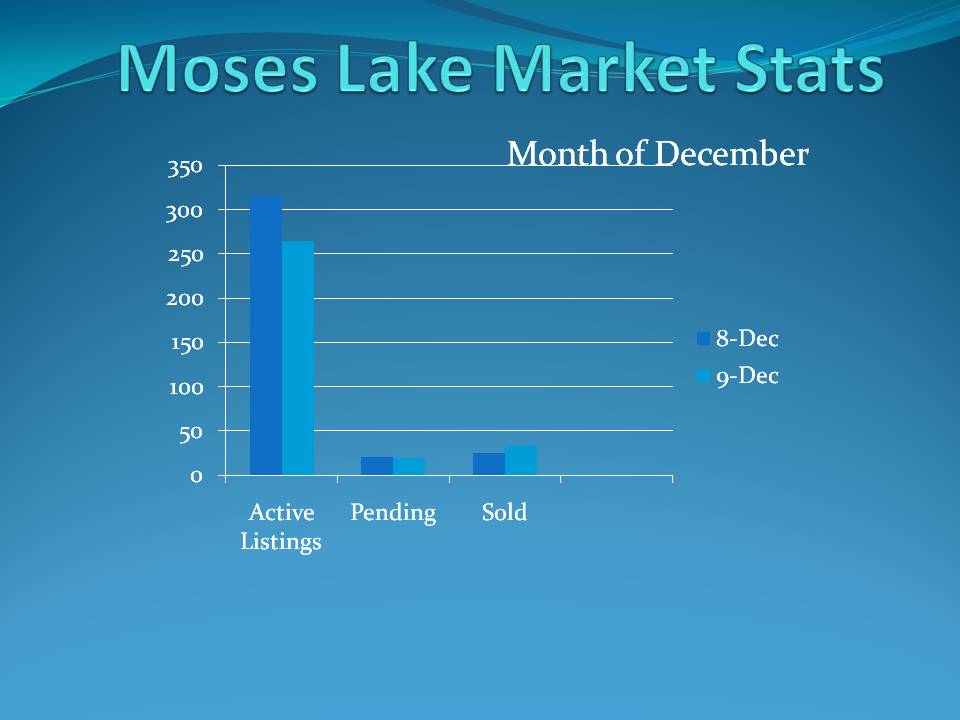Another great article on whats happening about town:
Driving the Economy the Old-Fashioned Way
Moses Lake takes the first steps toward building a sustainable manufacturing base for the next century.
Bill Virgin | February 2011 | FROM THE PRINT EDITION
No offense to the good people of Moses Lake, but the adjectives “quaint” and “charming” are not likely to be employed to describe it. This Grant County town doesn’t have a district of century-old brick buildings with cute boutiques and wine-tasting shops to cater to the west-of-the-mountains set. There’s no “Olde Towne” or its equivalent to make for lovely photos in travel magazines and tourism brochures.
Fortunately for Moses Lake, it’s not banking on quaintness and tourism to drive its economy. Instead, the town is making a living the old-fashioned way—with huge manufacturing projects.
The highest-profile economic-development news of 2010 in Washington was the announcement by two German companies, BMW and SGL, of a $100 million plant to make carbon fibers for automotive parts. And even before construction was finished with the first phase of that facility, BMW and SGL disclosed they are considering two expansion phases that would triple the production capacity of the Moses Lake unit.
As significant as that announcement was, it wasn’t even about the biggest investment in Moses Lake. That was the $1.7 billion that REC Silicon, part of a Norwegian company, has spent the past four years on a two-phase expansion of its Moses Lake plant to produce polysilicon and silane gas.
And those investments aren’t the only ones. In recent years. Katana Summit opened a plant to make windmill towers in Ephrata. Norco Inc. built a gas-separation plant. Morse Steel Service opened a metal-fabricating operation. Development work on two other projects—Guardian Fiberglass’ plant to make insulation and Specialty Chemical Products’ facility for producing precipitated silica and fluoride salt—slowed considerably in the recent recession, but the Grant County Economic Development Council says both projects are still active.
The mix of construction employment, jobs at manufacturers throughout the county and the influence of agriculture (a comparatively stable sector in the downturn) has produced an unemployment rate for Grant County in October of 7.6 percent—not great, but certainly better than the 8.5 percent reported for both the state and King County.
There are many lessons in the Grant County story, starting with the point that even in a recession and in the midst of supposed terminal decline for American manufacturing, considerable opportunities remain for landing the big project like BMW/SGL or REC Silicon. Furthermore, Washington state is not out of the running for those big projects, despite our geographic isolation in a low-population corner of the map and the supposed paucity of incentives to be offered.
BMW/SGL and REC Silicon didn’t come to Washington or Moses Lake for the incentives (although they won’t wind up empty-handed, either), or to be close to a supply of raw materials or their customers, most of whom are out of state or overseas.
Instead, these companies came for inexpensive, developable land with good transportation access and cheap electricity from the region’s hydropower system.
Which brings us to yet another economic-development issue—how do you use an economic resource like lower-cost power? One approach currently in favor is to use it for server farms, and Microsoft, Intuit and Yahoo are all building data centers in Grant County.
While server farms do provide a short-term boost in construction employment, they don’t generate a lot of long-term jobs. On the other hand, plants like BMW/SGL and REC Silicon provide the base for future industry clusters. With these two projects, Grant County has tapped in to two industries with huge growth prospects—carbon-fiber composite materials and the ingredients used in solar-energy panels, hybrid-vehicle electronics, flat-screen TVs and other consumer electronics. It has also plugged itself directly into global investment and trade.
Establishing that base was the first challenge for the state, Grant County and Moses Lake. The next challenge is figuring out what to build on that base, and how to make it viable.
That’s a big challenge—but getting the answers right should in the long run prove far more economically productive than gussying up the business district with some banners and planter boxes in the hope of getting tourists to slow down long enough to drop a couple of dollars.


 Facebook
Facebook
 X
X
 Pinterest
Pinterest
 Copy Link
Copy Link
 An aerial view of Quincy, Washington showing the cluster of major data centers, including a visualization of a planned site for Sabey Corp. and existing sites for Microsoft, Yahoo and Intuit. (Image: Sabey Corp.).
An aerial view of Quincy, Washington showing the cluster of major data centers, including a visualization of a planned site for Sabey Corp. and existing sites for Microsoft, Yahoo and Intuit. (Image: Sabey Corp.). 






